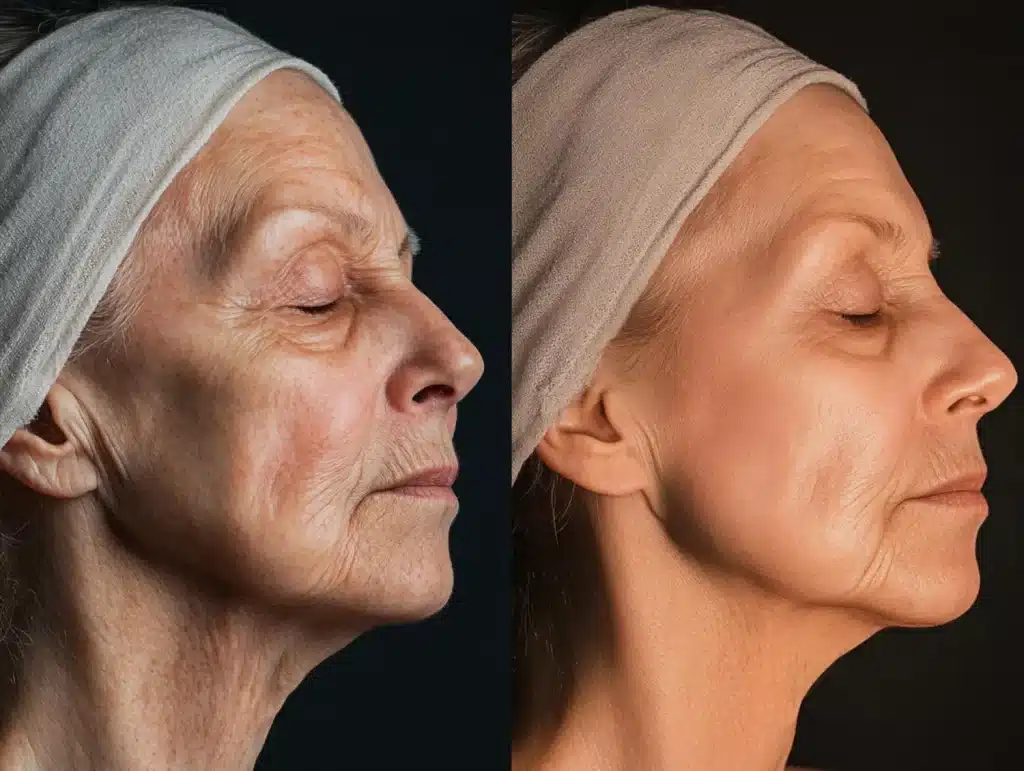Is Cortisone the same as Synvisc?
Cortisone is a variant of steroid that is formulated for injection to treat inflammation in a focused area of a joint or tendon. Although this is a common approach used for relieving inflammatory pain, there are chances a patients will not respond well to a cortisone shot. As an alternative, Synvisc is a viscosupplement specifically designed to be injected into joints affected by health issues such as osteoarthritis, to provide lubrication and support.
Am I eligible for a viscosupplement?
Patients are recommended to undergo viscosupplementation when they fail to respond to other medical treatments. This procedure involves injecting the inflamed joint with viscoelastic gel to lubricate the joint. This mimics the natural synovial fluid that has been degraded, so the joint is protected from additional damage.
What are Synvisc and Cortisone made from?
Synvisc contains hylan A and hylan B polymers produced from rooster combs, the fleshy crests on top of rooster heads. As for the cortisone injection, it consists of the cortisone hormone.
When will I be able to feel the effects of these treatments?
A Synvisc treatment consist of thee injections in the affected joint area. Each injection should be spaced one week apart from each other, and patients typically take note of the beneficial effects of the treatment a month after they start. The effects of the treatment last around six months, after which the gel is completely absorbed into the surrounding tissue. For the cortisone injections, the pain-alleviation effects last for a maximum time of only two months. After this period, patients’ osteoarthritis symptoms reappear.
How should osteoarthritis be treated?
Osteoarthritis (OA) is a gradual joint disease found in 3.3% of the world’s population. This long-term inflammatory disease is most common in those with a family history of OA, those with previous joint injuries, and those who are overweight. If the condition worsens and the cartilage wears thin, there can be uncomfortable friction between the bones, causing intense pain. Stiffness, swelling, limited mobility, and intense pain are some of the common symptoms of OA. Physical therapy or pharmacological methods are used to treat osteoarthritis, depending on each patient and the severity of their disease. A dynamic pharmacological approach involves a cortisone administration.
What else can Cortisone and Synvisc be used for?
A number of clinical trials show that Synvisc provides sufficient symptomatic relief for patients for various joints affected by osteoarthritis.
Cortisone is also another beneficial product that can be used to treat a number of synovial joints, such as the knees and hips.
Which should I use: Synvisc or Cortisone?
Synvisc still contraindicated in the following types of patients due to unestablished safety profiles:
- Patients under the age of 12;
- Pregnant patients;
- Nursing patients;
- Patients with severely inflamed joints;
- Patients with avian protein hypersensitivity.
A cortisone injection is contraindicated in the following types of patients:
- Patients with known allergic reactions to cortisone injections;
- Patients with untreated illnesses such as sepsis or bacteremia;
- Patients with inflamed or infected joints.
Are there any risks?
An injection of cortisone can result in temporary bruising; pain; whitening of the skin around the injection site; weakening of the tendon at the injection site; and the softening of cartilage. As for Synvisc, patients may develop common effects like swelling, pain, and fluid buildup around the treated joint. These side effects should resolve themselves.





















